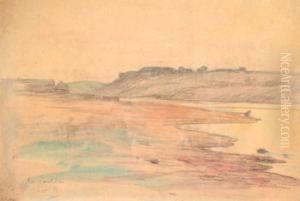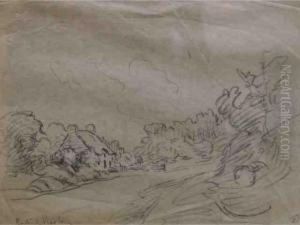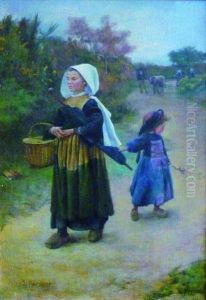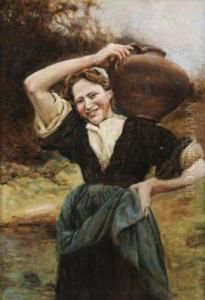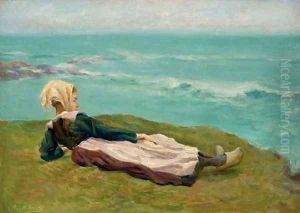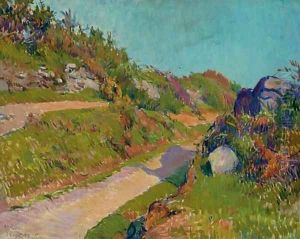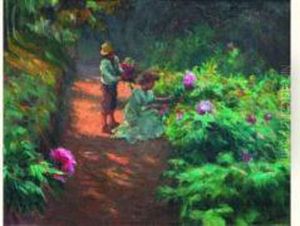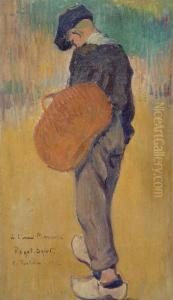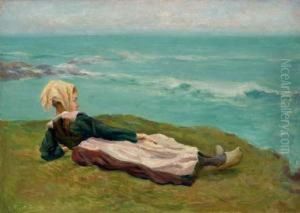Jean-Bertrand Pegot-Ogier Paintings
Jean-Bertrand Pégot-Ogier was a French artist known for his post-impressionist paintings, predominantly portraying the Breton landscape and its people. Born on February 9, 1877, in Paris, France, Pégot-Ogier was part of the Pont-Aven School, a group of artists centered around the small village of Pont-Aven in Brittany. This group is famous for its association with Paul Gauguin and Émile Bernard, who developed a style known as Synthetism.
Pégot-Ogier's artistic journey began under the guidance of his father, the painter and decorator Théophile Pégot-Ogier. He later studied at the École des Beaux-Arts in Paris. His work was influenced by his time in Brittany, where he absorbed the region's rich cultural heritage and was inspired by the local customs, costumes, and landscapes.
During his relatively short career, he exhibited his works at the Salon des Indépendants and the Salon d'Automne, two key venues for avant-garde art in Paris. His style evolved from impressionism to a more structured form of post-impressionism, with a clear focus on the harmony of shapes and a subdued, yet vibrant color palette.
The outbreak of World War I had a significant impact on Pégot-Ogier. He was mobilized for military service and died on the front lines on February 24, 1915, at the age of 38. Though his life and career were tragically cut short, his artworks remain a testament to his talent and the cultural legacy of Brittany. Pégot-Ogier's contributions to post-impressionist art continue to be recognized and appreciated by art historians and collectors worldwide.

